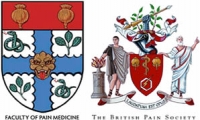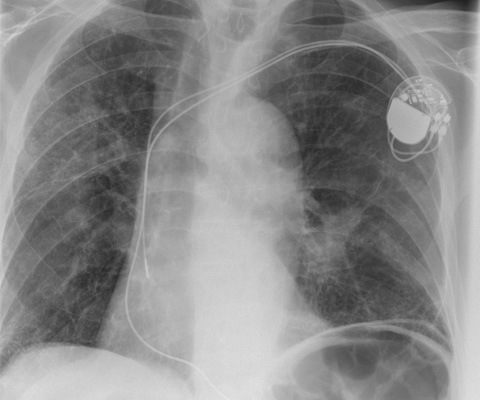Visceral Pain course



This session describes the nature of visceral pains in the chronic pain setting and explores why these pains are hard to pinpoint and often confusing to manage.
Learning Objectives
By the end of this session you will be able to:
- Explain how the innervation of the viscera differs from somatic innervation
- Differentiate visceral pain from other types of pain
- Differentiate the diagnosis of visceral pain
- Assess the management options for pain affecting the viscera
It is important to distinguish visceral pains, understand their difference from somatic pains and be able to manage them appropriately. It is also important to notice any changes in the patient's condition that may indicate a sinister and/or treatable condition.
This session focuses on the conditions where there is no identifiable, or treatable, underlying organic cause.
Gareth is a consultant in pain medicine at the North Bristol NHS Trust and Senior Clinical Lecturer at the University of Bristol.
In addition to undertaking general pain clinics, he helped set up a specialist pelvic and abdominal pain service for the region, which includes surgeons, gynaecologists, clinical psychologists, specialist physiotherapists and nurses.
Gareth’s clinical interests include interventional treatments for pain and radiofrequency techniques.
Gareth is a content author with the e-PAIN project.


John Hughes has been a Consultant in Anaesthetics and Pain Management since 1995.
John has a special interest in abdominal and pelvic pain. He also has a long-standing involvement in education across all disciplines.
John is a module editor with the e-PAIN project.


- Radiology – Integrated Training Initiative (R-IT...
- Posted By eIntegrity Healthcare e-Learning
- Posted Date: 2025-01-10
- Location:Online
- This session reviews which chambers contribute to the ‘normal cardiac outline’ and examines how specific chamber enlargement or absence alters the normal cardiac shape. It will describe the different diagnoses, which result in characteristic
- Radiology – Integrated Training Initiative (R-IT...
- Posted By eIntegrity Healthcare e-Learning
- Posted Date: 2025-01-10
- Location:Online
- This session provides an overview of the clinical manifestations of haemangiomas, lymphatic and vascular malformations, their radiological work-up plus typical imaging findings.
- Radiology – Integrated Training Initiative (R-IT...
- Posted By eIntegrity Healthcare e-Learning
- Posted Date: 2025-01-10
- Location:Online
- This session covers imaging and diagnosis of paediatric mediastinal masses, and is organised based on their location in the mediastinum.
- Radiology – Integrated Training Initiative (R-IT...
- Posted By eIntegrity Healthcare e-Learning
- Posted Date: 2025-01-10
- Location:Online
- This session discusses radiographic anatomy of the normal mediastinum and its compartments containing different structures and why this is useful when interpreting an abnormal image. The silhouette sign and how it is used to localise a mass on chest radio
- Radiology – Integrated Training Initiative (R-IT...
- Posted By eIntegrity Healthcare e-Learning
- Posted Date: 2025-01-10
- Location:Online
- The session looks at pneumothorax, pneumomediastinum, air leaks in neonates, air leaks in older children and post-traumatic air leaks.






